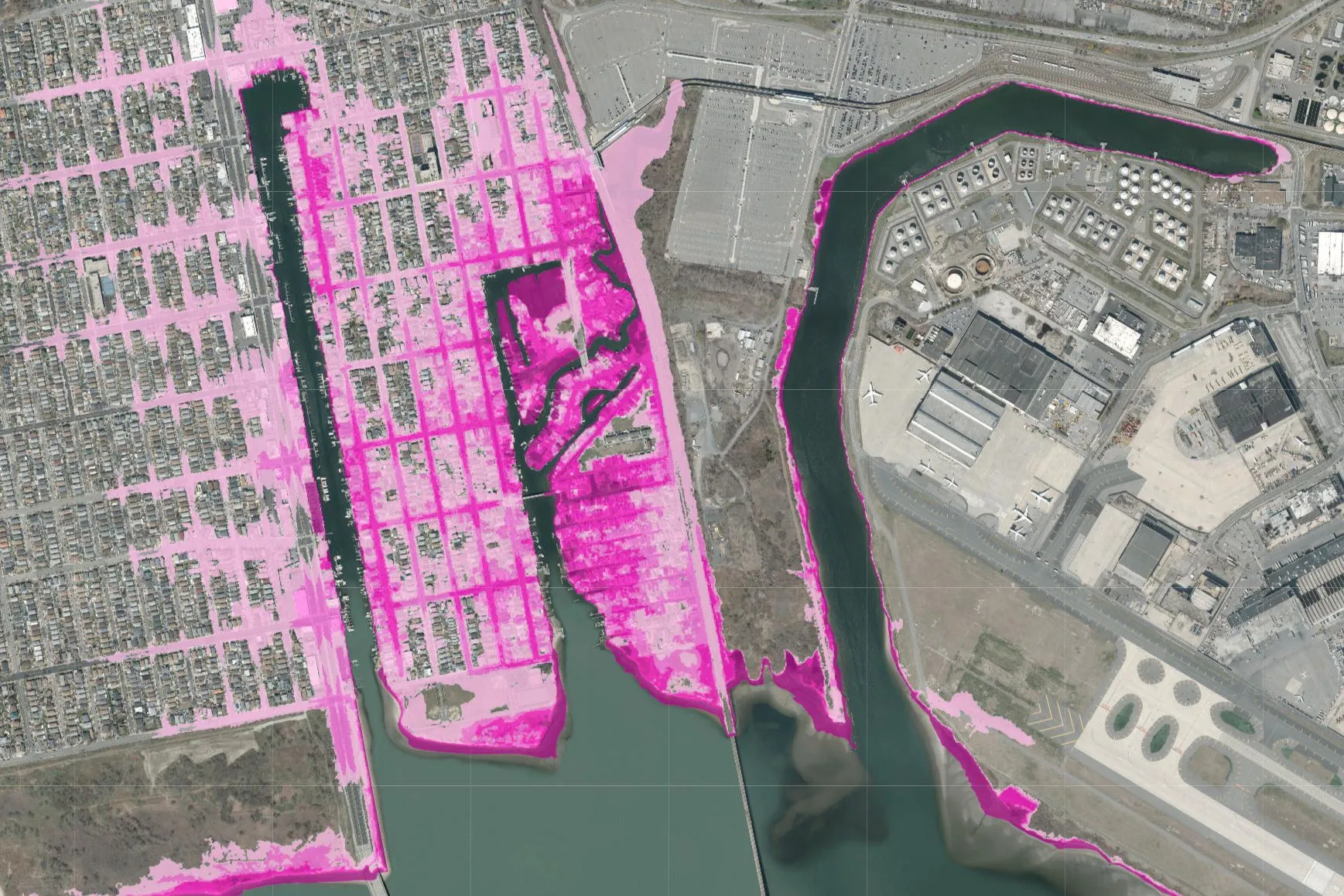The rinse of tides: Neighborhood plagued by monthly flooding sees hope in sea gates
The Army Corps of Engineers’ planned gates, meant to protect against future Sandy-like storms could help reduce moon-cycle deluges in oceanside neighborhoods. But some worry that they are not meant for such tidal use.

 This article was originally published on by THE CITY
This article was originally published on by THE CITY
Ever since Superstorm Sandy ravaged his neighborhood of Hamilton Beach, Roger Gendron has been pushing for a comprehensive project to protect against flooding.
Not only was the southern Queens enclave wracked by the hurricane 10 years ago, but it also experiences up to a foot of tidal flooding on a near monthly basis — made worse by full or new moons.

Brooklyn Boro
View MoreNew York City’s most populous borough, Brooklyn, is home to nearly 2.6 million residents. If Brooklyn were an independent city it would be the fourth largest city in the United States. While Brooklyn has become the epitome of ‘cool and hip’ in recent years, for those that were born here, raised families here and improved communities over the years, Brooklyn has never been ‘uncool’.